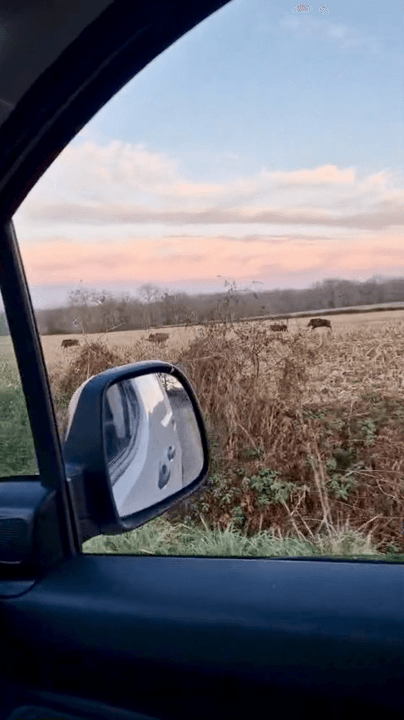
Browning X-Bolt chambered in .30-06 review Alright, here's a breakdown of my experience with a Browning X-Bolt chambered in .30-06, particularly focusing on the upgrades of an aluminum bedding block and a Mastergun stock. I'm coming at this from the perspective of someone who hunts regularly and tinkers with their rifles quite a bit. Overall Impression Browning X-Bolt: The X-Bolt, out of the box, is a solid hunting rifle. Reliable, accurate enough for most hunting situations, and relatively lightweight. However, like most factory rifles, it has room for improvement, particularly in terms of consistency and feel. That's where the bedding block and the Mastergun stock came in. Browning X-Bolt (Base Rifle): Pros: Smooth Bolt Action: The 60-degree bolt lift is quick and easy, especially when you need a fast follow-up shot. It's definitely a step up from some of the more clunky bolt actions out there. Lightweight Browning X-Bolt: Carrying this rifle through the woods all day is ma
Post: 11 February 22:50














































